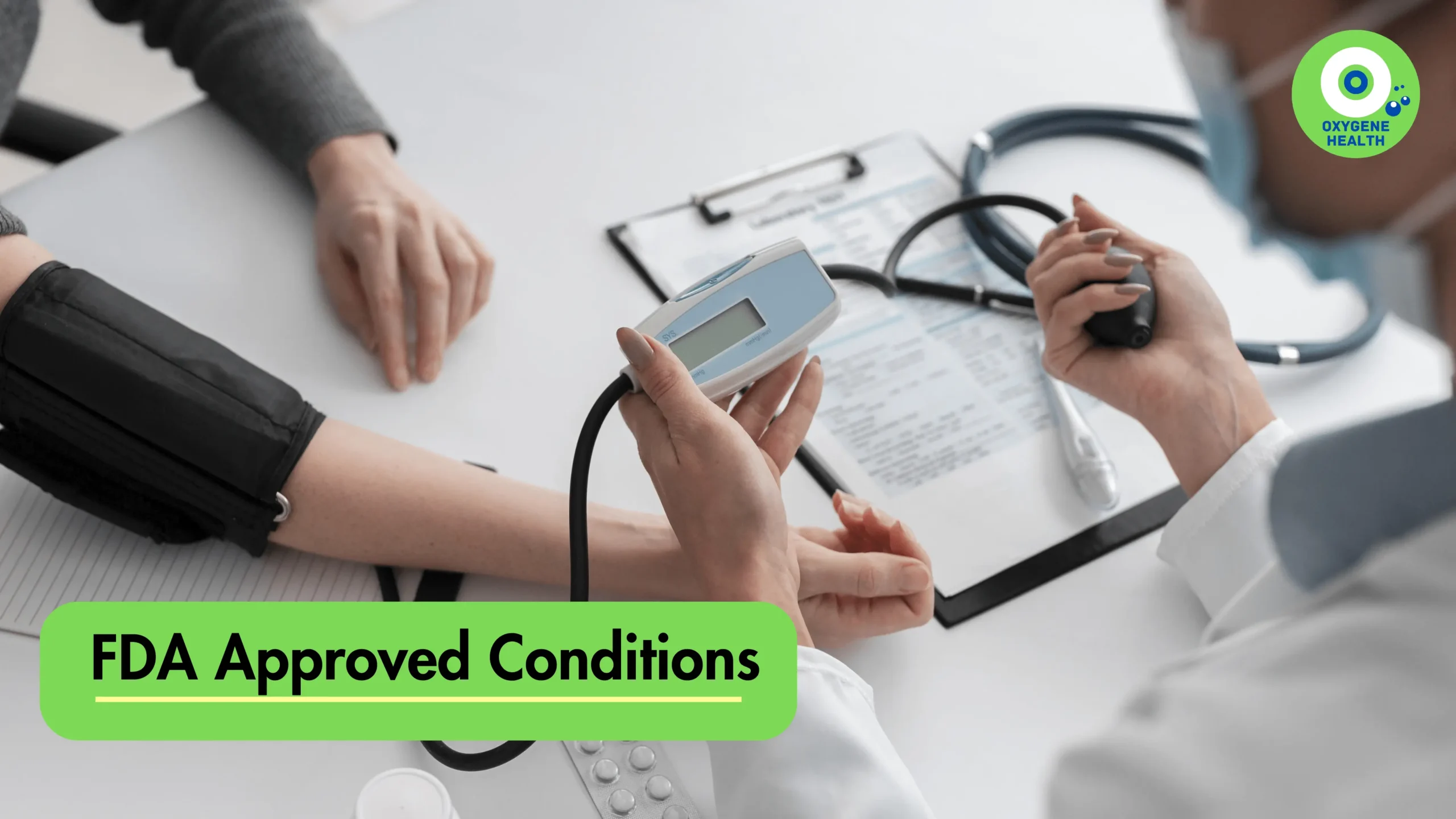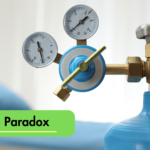Introduction:
Oxygen therapy stands as a cornerstone in modern medicine, offering versatile solutions for various medical conditions. FDA (Food and Drug Administration) approval underscores the safety and efficacy of oxygen therapy in addressing a wide range of health issues. In this comprehensive blog, we explore the FDA-approved applications of oxygen therapy across a spectrum of medical conditions, from life-threatening emergencies to chronic ailments, highlighting its pivotal role in improving patient outcomes and quality of life.
Air and Gas Bubbles in Blood Vessels:
The presence of air or gas bubbles in blood vessels poses a grave risk, potentially leading to embolism and tissue damage. Hyperbaric oxygen therapy (HBOT), an FDA-approved intervention, facilitates the dissolution of air or gas bubbles by increasing the partial pressure of oxygen in the bloodstream. This accelerates the removal of bubbles from circulation, mitigating the risk of embolism-related complications and promoting tissue perfusion.
Anemia:
Anemia, characterized by a deficiency in red blood cells or hemoglobin, results in reduced oxygen-carrying capacity and tissue hypoxia. Oxygen therapy serves as a supportive measure in managing anemia by increasing oxygen delivery to tissues and organs. FDA-approved oxygen therapy regimens help alleviate symptoms of tissue hypoxia and improve overall well-being in individuals with anemia.
Burns:
Acute thermal burns inflict significant tissue damage and compromise blood flow, resulting in tissue hypoxia and impaired wound healing. Oxygen therapy, including both conventional methods and hyperbaric oxygen therapy (HBOT), enhances tissue oxygenation, reduces inflammation, and supports wound healing processes. FDA-approved oxygen therapy protocols play a vital role in the comprehensive management of burns, optimizing outcomes and reducing complications.
Carbon Monoxide Poisoning:
Carbon monoxide (CO) poisoning poses a serious health threat, disrupting oxygen delivery to tissues and organs. Oxygen therapy, administered through various delivery systems, facilitates the displacement of CO from hemoglobin, restoring oxygenation and preventing tissue damage. FDA-approved oxygen therapy regimens are essential in the management of carbon monoxide poisoning, ensuring rapid and effective treatment.
Crush Injury:
Crush injuries, resulting from prolonged pressure on body tissues, can lead to tissue ischemia and necrosis. Oxygen therapy supports tissue viability and repair mechanisms by enhancing oxygen delivery to affected areas. FDA-approved oxygen therapy protocols are integral in managing crush injuries, particularly in emergency and trauma care settings, to mitigate complications and promote recovery.
Decompression Sickness (Diving Risk):
Decompression sickness, a potential hazard of underwater diving, arises from the formation of nitrogen bubbles in the bloodstream and tissues during rapid ascent. Hyperbaric oxygen therapy (HBOT), an FDA-approved treatment modality, facilitates the elimination of nitrogen bubbles by increasing the pressure of inspired oxygen. This accelerates bubble dissolution, alleviates symptoms, and promotes recovery in individuals affected by decompression sickness.
Gas Gangrene:
Gas gangrene, a severe bacterial infection typically caused by Clostridium species, thrives in anaerobic environments and can lead to tissue necrosis and systemic toxicity. Hyperbaric oxygen therapy (HBOT), an FDA-approved intervention, creates an oxygen-rich environment that inhibits bacterial growth and promotes wound healing. FDA-approved HBOT protocols are integral in managing gas gangrene, reducing morbidity and mortality associated with this condition.
Hearing Loss:
Sudden sensorineural hearing loss, characterized by rapid-onset hearing impairment, can result from cochlear ischemia and inflammation. Oxygen therapy, particularly HBOT, enhances cochlear oxygenation, reduces inflammation, and supports tissue repair, offering a potential treatment for sudden sensorineural hearing loss. FDA-approved HBOT protocols hold promise in improving auditory outcomes and restoring hearing function in affected individuals.
Infection of the Skin and Bone (Severe):
Severe skin and bone infections, including necrotizing soft tissue infections and osteomyelitis, pose significant challenges in management due to tissue necrosis and compromised blood flow. Oxygen therapy promotes tissue oxygenation, suppresses bacterial growth, and facilitates wound healing, making it a valuable adjunctive treatment for severe infections. FDA-approved oxygen therapy regimens play a crucial role in combating infection and preventing further tissue damage.
Radiation Injury:
Radiation therapy for cancer treatment can lead to delayed radiation injury, characterized by tissue fibrosis, necrosis, and chronic wounds. HBOT, an FDA-approved adjunctive treatment, mitigates radiation-induced tissue damage by enhancing tissue oxygenation, promoting angiogenesis, and supporting wound healing processes. FDA-approved HBOT protocols are essential in managing radiation injury, improving tissue viability, and enhancing patient outcomes.
Skin Graft Flap at Risk of Tissue Death:
Skin grafts and flaps are at risk of ischemia and necrosis due to compromised blood supply. Oxygen therapy, particularly HBOT, enhances tissue oxygenation, promotes graft survival, and prevents tissue death in at-risk cases. FDA-approved HBOT protocols serve as a valuable adjunctive treatment for optimizing outcomes in reconstructive surgery and wound management.
Vision Loss (Sudden and Painless):
Sudden vision loss, particularly when painless and affecting one eye, may result from blockage of blood flow to the retina or optic nerve. Oxygen therapy aids in restoring retinal oxygenation, reducing ischemia, and promoting tissue repair, offering a potential treatment for sudden vision loss. FDA-approved oxygen therapy regimens hold promise in improving visual outcomes and preserving vision in affected individuals.
Wounds (Non-healing, Diabetic Foot Ulcers):
Non-healing wounds, including diabetic foot ulcers, present significant challenges in management due to impaired tissue perfusion and wound healing processes. Oxygen therapy promotes tissue oxygenation, stimulates angiogenesis, and enhances wound healing, making it a valuable adjunctive treatment for chronic wounds. FDA-approved oxygen therapy protocols play a crucial role in promoting wound closure and preventing complications in individuals with non-healing wounds, including diabetic foot ulcers.
Conclusion:
Oxygen therapy, with its diverse modalities and FDA-approved applications, represents a cornerstone in modern medical care, offering safe, effective solutions for a multitude of health conditions. From life-threatening emergencies such as carbon monoxide poisoning to chronic ailments like diabetic foot ulcers, oxygen therapy plays a pivotal role in promoting tissue oxygenation, supporting vital organ function, and enhancing patient outcomes across diverse healthcare settings. As research continues to advance and new applications emerge, the role of oxygen therapy in improving patient care and quality of life will undoubtedly continue to evolve, paving the way for enhanced treatment modalities and improved clinical outcomes.







